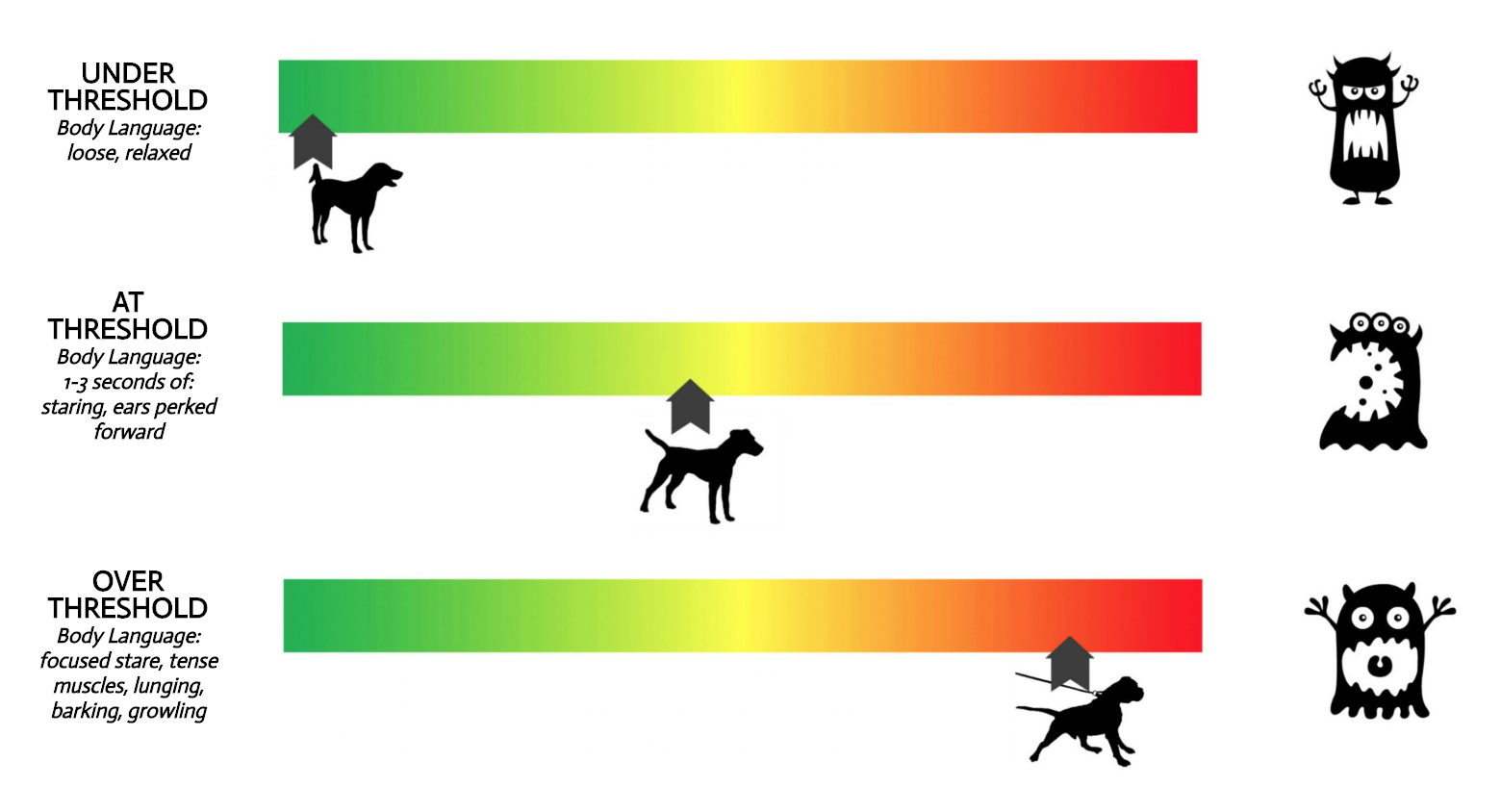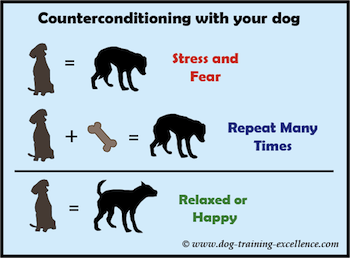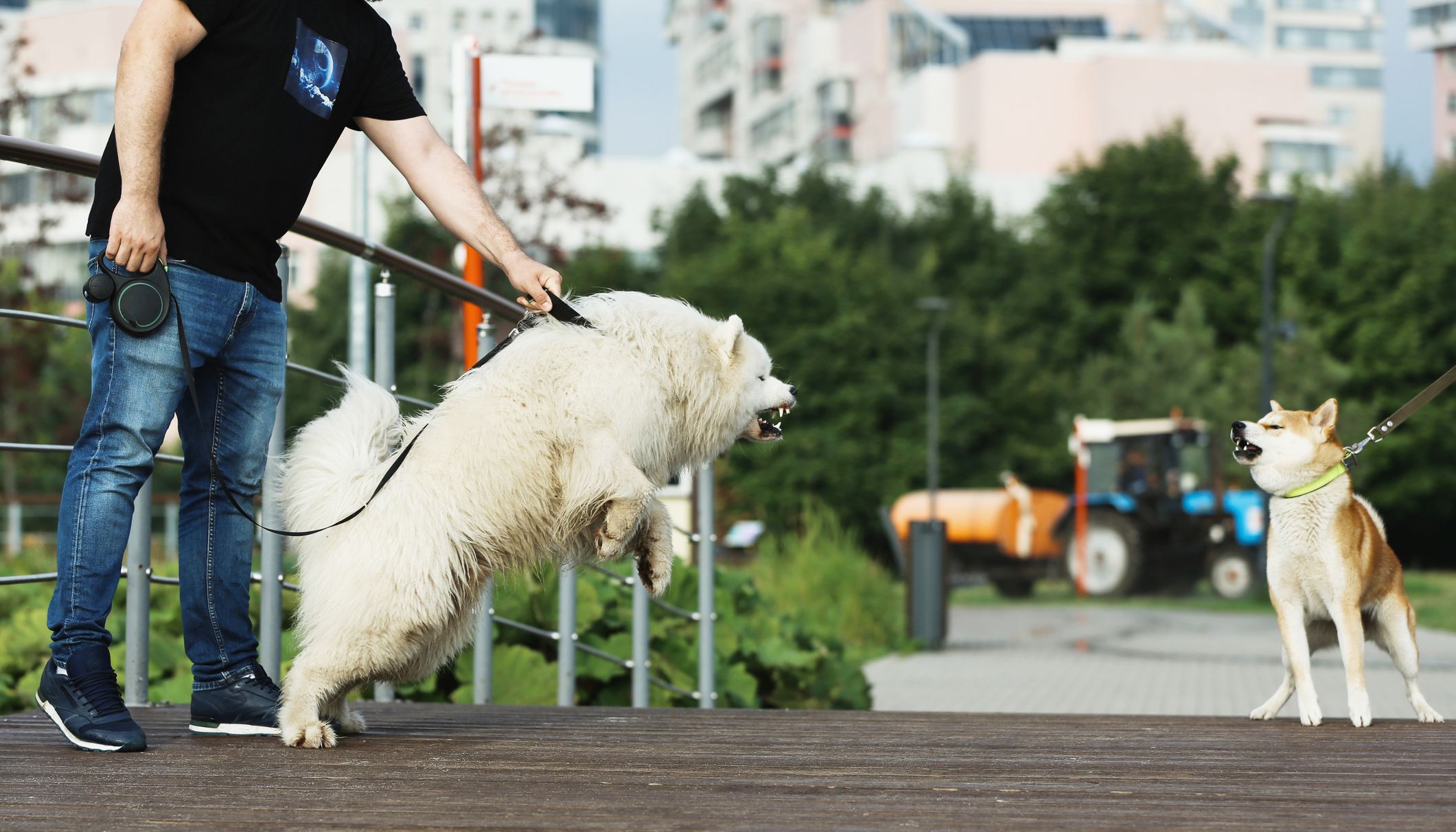Introduction
Training a reactive dog can be challenging, but with the right approach and consistency, you can help your furry friend overcome their reactive behaviors. Here are ten effective ways to train a reactive dog.
Positive Reinforcement:
Use treats, praise, and toys to reward your dog for calm and appropriate behavior. This will help them associate positive outcomes with being calm.

Desensitization
Gradually expose your dog to the trigger that causes their reactive behavior in a controlled and positive environment. Start at a distance where they are comfortable and slowly decrease the distance over time.

Counterconditioning
Pair the trigger with something positive, such as treats or toys, to change your dog’s negative association with the trigger to a positive one.

Obedience Training
Teach your dog basic commands like sit, stay, and heel to improve their impulse control and listening skills.

Redirecting Focus
When your dog starts to react, redirect their focus to you with a command or a toy to distract them from the trigger.
Set Boundaries
Establish clear boundaries and rules for your dog to follow to help them feel more secure and less anxious.

Exercise
Regular exercise can help reduce stress and anxiety in reactive dogs. Make sure to provide opportunities for physical and mental stimulation.

Seek Professional Help
If you are struggling to train your reactive dog on your own, consider seeking the help of a professional dog trainer or behaviorist who specializes in reactive dogs.

Consistency
Training a reactive dog takes time and patience. Be consistent in your training approach and practice regularly to see improvements.

Stay Calm
Dogs can pick up on their owner’s emotions, so it’s important to stay calm and composed during training sessions to help your dog feel more at ease.

Conclusion
By following these ten tips, you can help your reactive dog overcome their reactive behaviors and become a well-behaved and happy companion. Remember, training takes time and patience, so be consistent and don’t give up. With the right approach and dedication, you can help your reactive dog become their best self.
